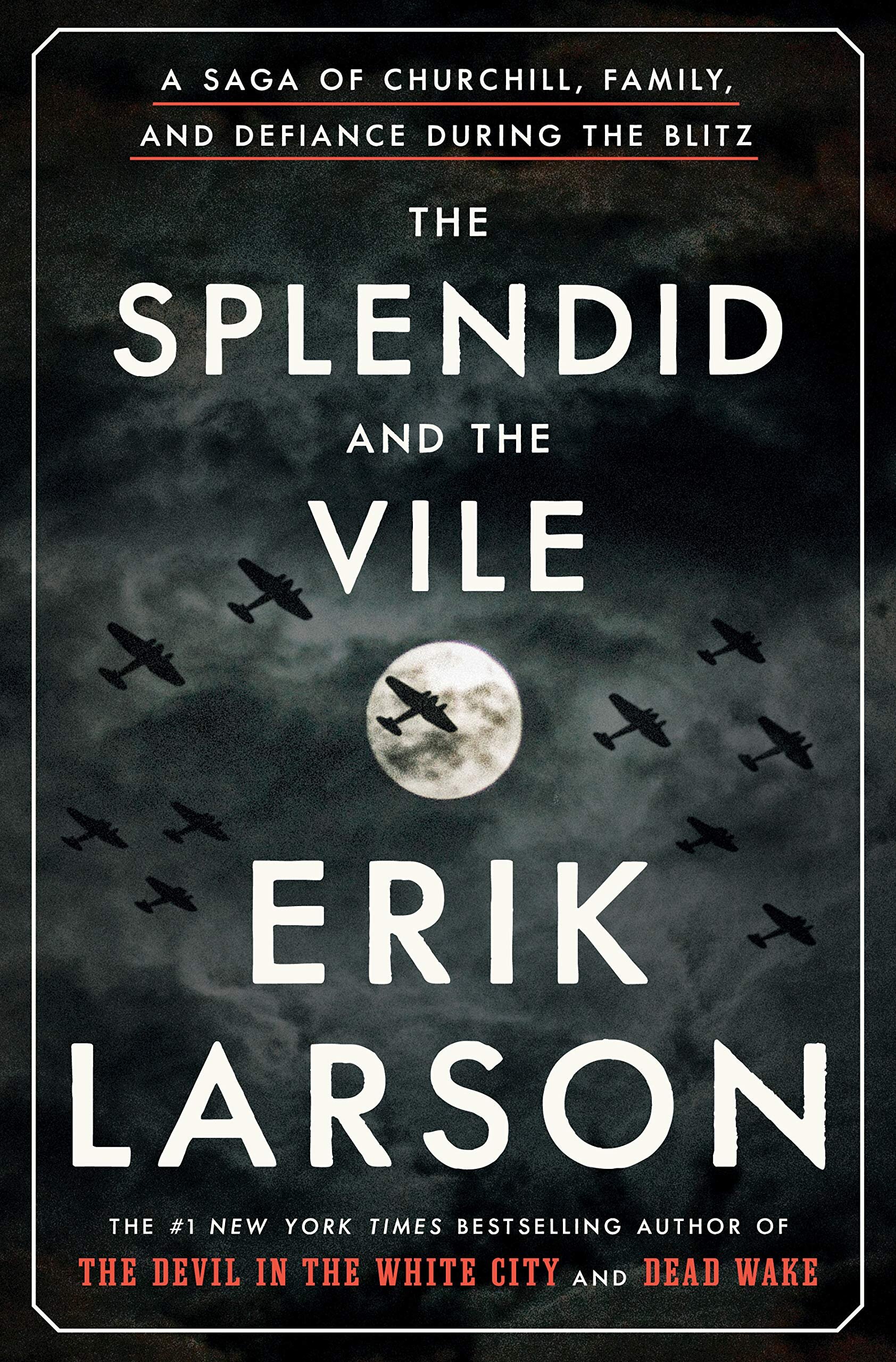A Review of The Splendid and the Vile by Erik Larson
A Review of The Splendid and the Vile by Erik Larson
It was with a professional interest that I picked up Erik Larson’s The Splendid and the Vile. The Second World War, Churchill, narrative non-fiction – this was, after all, territory in which I (and my books) had traveled. And, I’m embarrassed to admit, that even before I had settled into the first chapter, my critical knives were out, sharpened by a grating envy. This was the #1 bestselling non-fiction book on the NY Times list. I was looking forward to gloating ruefully that its colossal success was eminently undeserved.
Boy, was I wrong. Even before I’d finished the first chapter, I was hooked. Larson masterfully succeeds in making history not just accessible, but compelling. It is a story where all the major characters are well-known, just as we know how the Blitz, the Battle of Britain, and the war itself will turn out. Yet, I was glued to the page, following his carefully spun narrative as the suspense kept building.
And by the time I had finished the book, two thoughts – Larson’s great accomplishments – stood out in my mind.
First, this is a story that resonates across the decades with a gripping immediacy. It is a tale of a leader, Churchill, who had strength of character, a sense of history, a moral courage, and a deep heartfelt empathy for the people he served. He was the leader who was precisely right for the challenges of the times in which he served.
And how did he lead? Not with bluster, or exaggerations, or half-truths, or self-interest. Rather, he had a commitment to sharing the facts with the British people – and at the same time persuading them that while all was grim, all was certainly not lost. He and the nation would keep on fighting.
Consider these observations by Larson: “Recognizing that confidence and fearlessness were attitudes that could be adopted and taught by example, Churchill…put on a strong positive front.”
Or: “Churchill demonstrated a striking trait: his knack for making people feel loftier, stronger, and, above all, more courageous.”
Then there was, Larson tellingly points out, Churchill’s directive “in these dark days” to government officials: “maintain a high morale in their circles; not minimizing the gravity of events, but showing confidence in our ability and inflexible resolve….”
It is not being simply churlish to compare these remarks, these disciplined and lofty standards of behavior, to the misdirection, untruths, and hapless self-promotion that fill the airwaves whenever the president speaks to the nation about our present pandemic.
Then, there’s Larson’s other great accomplishment: he makes history, the past, seem very real. When my children were younger, I took them on a tour of Churchill’s War Cabinet Rooms, a maze of underground offices and bunkers beneath Whitehall where the prime minister and his key officials directed the war while London was under aerial attack by the Nazis. Walking through this clustered subterranean space made a distant war – its sacrifices, its dangers, its demands of courage and will – seem at once something that they could begin to appreciate. It was no longer just a story they had learned about in school: it had actually happened.
This is what The Splendid and the Vile also succeeds in doing. By his adroit use of first-hand sources – diaries, memoirs, speeches, letters – Larson brings history to life. It is the rich story of lives led in all their many and complicated facets in wartime.
The Splendid and the Vile is not just a compelling read, it’s also an important book, a lesson to be taken to heart in these dispiriting and uncertain times.
Howard Blum’s Night of the Assassins: The Untold Story of Hitler’s Plot to Kill FDR, Churchill and Stalin will be in stores June 2nd. Order today.
Night of the Assassins
The Untold Story of Hitler’s Plot to Kill FDR, Churchill and Stalin

